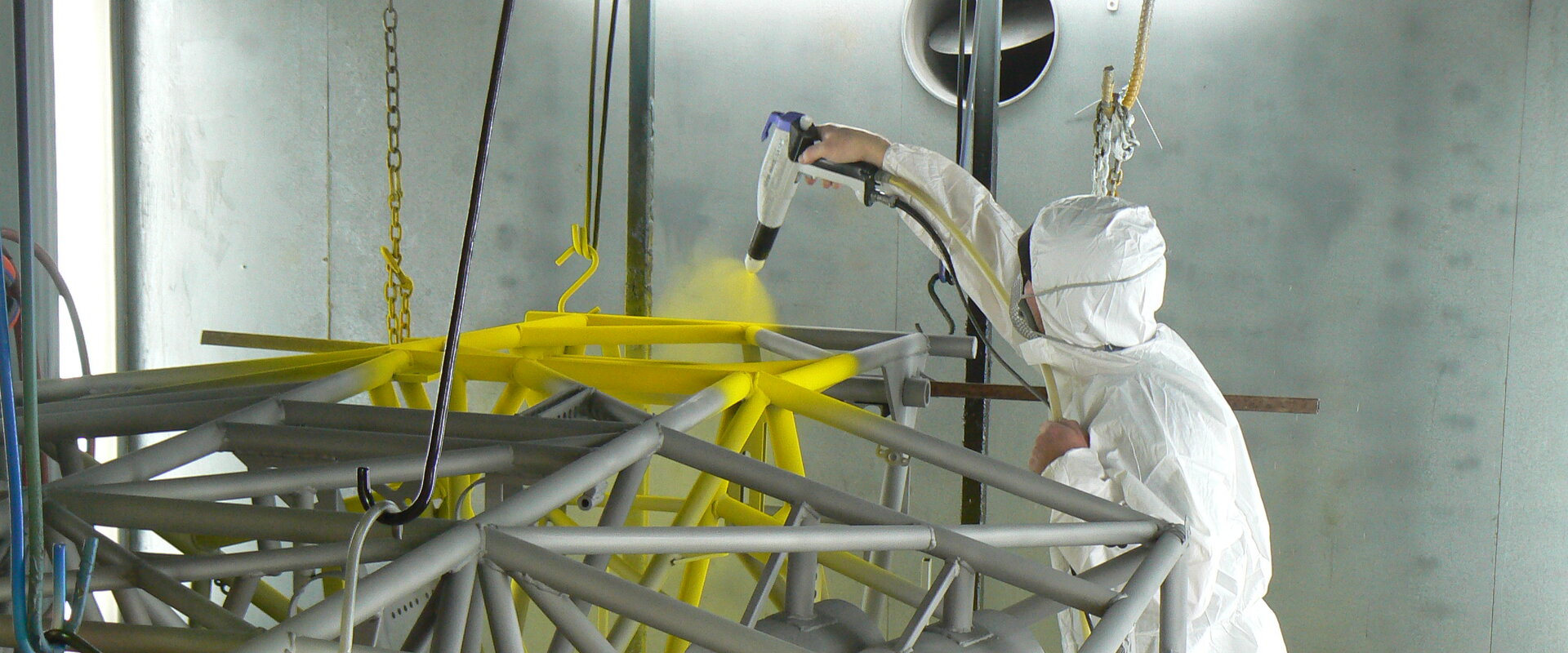WHAT IS POWDERCOATING?
Powdercoating is an electrostatic application of dry powder to metal substrates which are then cured in an oven at 200°C. This results in providing a hardened and uniform surface finish which is aesthetically enhancing to the metal. Compared with other paint systems, good quality powdercoat finishes –
- Provide a professional visual appeal to any metal product
- Offer superior durability and corrosion protection
- Offer exceptional resistance to chipping, scratching and wear
- Are highly resistant to moisture/corrosion creep if damaged
- Are more efficient to undertake, requiring less time and stages to achieve an exceptional finish
- Are often more cost efficient and cost less
Powdercoating is prevalent in your life and is the surface coating on many different things you use and see everyday. It is mostly comprised of polyester, polyurethane or epoxy resin, blended with colour pigments, waxes, hardeners, cross-linking constituents (thermosetting only) and other ingredients. There are two main types of powdercoat applied by powdercoating applicators - thermosetting polymer powder and thermoplastic polymer powder.
Thermosetting polymer powder is most commonly applied in majority of circumstances and is preferred for most general and some specific applications. This type of powdercoat -
- Can be applied relatively thinly
- Offers an extensive range of smooth or special effect ripples and textures
- Can be colour matched to non powdercoat or paint colours on request (conditions apply)
- Can be applied in single or multi-coat systems using varying combinations of primer, colour and clear coats
- Is the preferred option to provide maximum visual appeal while still offering excellent durability and corrosion protection
Thermoplastic polymer powder is primarily a functional coating designed to be extremely resistant to chemical and mechanical stress. This type of powdercoat -
- Is designed to be applied as a single coat system and outperform 3 or 4 layers of liquid paint
- Demonstrates high impact resistance
- Is extremely resilient to wear in mechanical applications
- Offers an impervious protective barrier against a vast range of corrosive substances such as acids, alkali's, animal effluent, fertilisers and other chemicals
- Performs exceptionally well during long periods of aqua submersion, in coastal/geothermal environments, agricultural/horticultural environments where effluent, fertilizers and chemicals are prevalent and in environments where humidity and chemicals combine, such as indoor swimming pools, factory environments, etc.
- Can be touched up or repaired in place without returning the item to a powdercoating shop
What are our services?
- Multiple powdercoating booths
- Multiple large bake ovens
- Comprehensive pre-treatment facilities
- Integrated abrasive blasting
- Aluminium pre-treatment baths
- Equipment to handle large heavy products
- Professional advice during consultation
- Touch up paint to match powdercoat colours
- No obligation quotes


